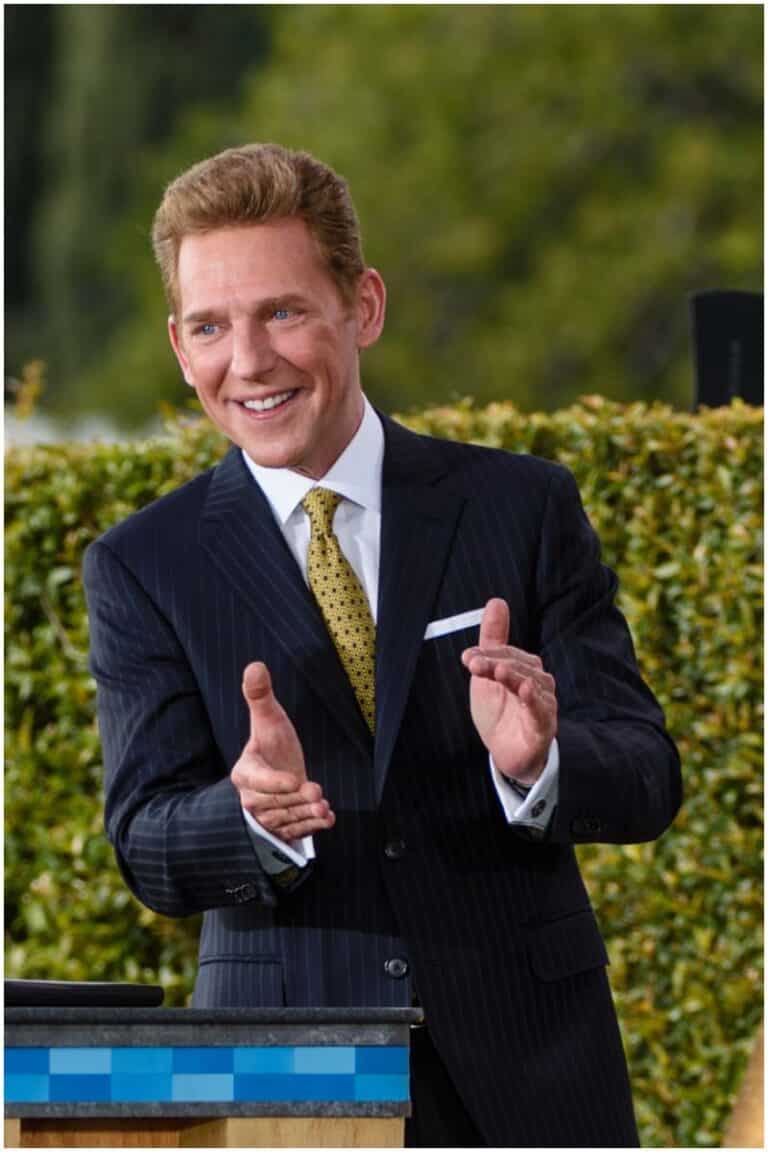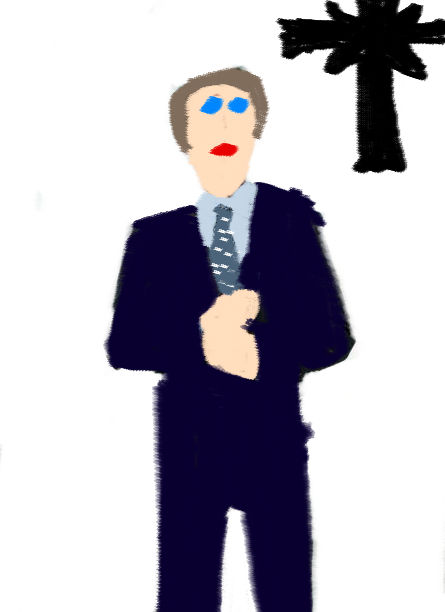Does the height of a man truly dictate the depths of his character? The persistent question of whether shorter men, specifically, are predisposed to rotten personalities is a societal trope that warrants a closer examination, especially when considering figures like Tom Cruise and David Miscavige, both prominent and, shall we say, controversial personalities.
The TomKat split, which occurred a couple of weeks back, was met with the usual media frenzy, and it was only a matter of time before the whispers began. These types of rumours often followed the public's interest in the relationships and personal lives of such celebrities, and especially in the perceived impact of their height in their lives. The fascination with the height of public figures, however, often overshadows the complexities of their lives and the decisions they make. While there is a tendency to simplify narratives, the reality is often much more nuanced. The focus on height, in particular, is a persistent, and frankly, rather simplistic framing device that does not always align with the wider realities of their characters or careers. But who is David Miscavige that his life is under such scrutiny?
| Attribute | Details |
|---|---|
| Full Name | David Miscavige |
| Date of Birth | April 30, 1960 |
| Place of Birth | Philadelphia, Pennsylvania, USA |
| Nationality | American |
| Known For | Leader of the Church of Scientology |
| Title | Chairman of the Board of the Religious Technology Center |
| Career Highlights |
|
| Personal Life | Married to Shelly Miscavige (reportedly missing since 2007) |
| Controversies | Allegations of abuse and control within the Church of Scientology |
| Height | Speculated to be around 5'6 (168 cm), although this is not officially confirmed. |
| Website Reference | Wikipedia - David Miscavige |
David Miscavige, the American Scientologist and current leader of the Church of Scientology, has occupied a position of immense power and influence for decades. His official title reflects the scope of his responsibilities, encompassing the spiritual and administrative leadership of a global organization. Within the framework of Scientology, he is the central figure, tasked with protecting, preserving, and expanding the religion's reach. This role demands a unique blend of leadership, organizational acumen, and the ability to navigate complex interpersonal and institutional dynamics.
Miscavige’s journey began in the 1980s, and through his career has seen the religion evolve and adapt to the changing landscape of the modern world. He has overseen the establishment of numerous Scientology churches and missions worldwide, and has been instrumental in implementing various programs. One notable initiative was the launch of the Scientology Network, which has aimed to disseminate information about Scientology to a wider audience. This move was particularly interesting in its approach to the public. The network has since gone on to broadcast a variety of programmes on a range of subjects relating to the religion.
The expansion of Scientology under Miscavige’s leadership has not been without controversy. Allegations of abuse, coercion, and financial impropriety have consistently plagued the Church, and have led to legal challenges and public scrutiny. Critics have cited an environment of control, where dissenting voices are stifled, and where members are subjected to intense pressure to conform to the dictates of the Church. Such claims have cast a long shadow over Miscavige’s leadership and raised questions about the internal culture and practices of Scientology. The issue of Miscavige's wife, Shelly, has also been a subject of discussion, with her extended absence from the public eye sparking further speculation and conjecture.
The scrutiny directed toward figures like Miscavige, and the focus on their height, often oversimplifies the complexity of their individual stories. While physical attributes are naturally part of the human experience, reducing someone to their height ignores the intricate tapestry of motivations, experiences, and decisions that shape a person's life. This is not to say that such figures are immune to criticism. However, it's essential to approach their stories with a critical, nuanced perspective that acknowledges the full scope of their actions and impact.
Examining the career and influence of David Miscavige, offers a glimpse into the intersection of power, religion, and personal reputation. His leadership of the Church of Scientology has resulted in both expansion and controversy, generating ongoing public interest and debate. The discussions surrounding Miscavige, similar to discussions about figures such as Tom Cruise, frequently touch on superficial factors like height. These observations reveal more about the biases and expectations of the observers than the actual reality of the individual in question.
The fascination with height in the media landscape often serves as a way to reduce complex individuals to easily digestible stereotypes. While such simplifications may provide a convenient narrative, they invariably neglect the broader spectrum of human experience. The actual dimensions of a person’s height offer little insight into their character, and judging individuals solely on this metric can be a misleading, if not unfair, practice. Miscavige's case highlights the way in which physical attributes are often intertwined with the perception of power. These perceptions can be shaped by societal biases, leading to potentially inaccurate or detrimental conclusions. Understanding these biases is crucial when examining the lives of public figures, ensuring that judgments are made based on a comprehensive understanding of their actions and impact, rather than superficial physical traits.
The Church of Scientology’s leader has transformed an arcane religion into a global operation, and his actions and the impact of Scientology continue to be a subject of intense debate. His work with the Church of Scientology of Los Angeles has been a key aspect of his overall mission, emphasizing the importance of maintaining and expanding the organization’s presence within various communities. The ongoing discussions about his actions and their consequences highlight the complex dynamics between individual figures, religious organizations, and the wider public. It is a landscape which can be very sensitive and one where the perception of reality can vary greatly.
Ultimately, the exploration of public figures such as David Miscavige goes beyond mere physical characteristics or superficial judgements. It requires a nuanced understanding of leadership, religious movements, and human behavior. Such figures warrant critical examination, but these analyses should always be grounded in a recognition of the full scope of their actions, decisions, and their wider impact. The question remains: what truly defines a leader, or any individual for that matter? Is it a matter of stature, or the choices that shape an entire history?



